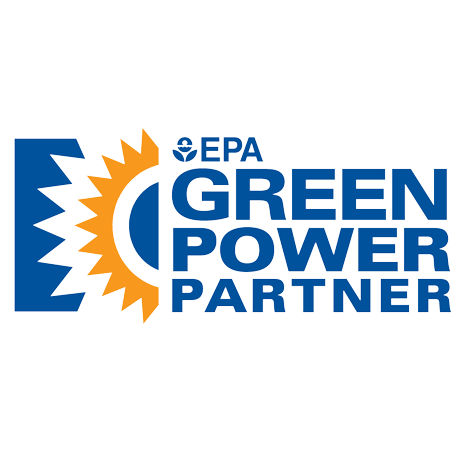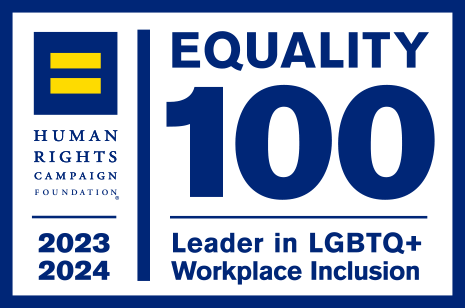Simply put, we’re only able to make delicious food if we have a healthy planet to make it on. So it’s critical we work to reduce our consumption of natural resources and inspire others to do the same.
How we treat people matters. That’s why community is woven through our company’s mission. From empowering our team to supporting those in need, we’re eager to lead by example.
Continuous improvement matters to us. In addition to our annual Global Impact report, we created our 20 By 30 Challenge: 20 world-improving goals to hit by 2030.
Projects that help restore soil and help lessen the effects of climate change are critical to us
From our plants to our delivery logistics, we’re minimizing our impact on air quality
As we work toward zero food waste, we’re working to drastically decrease what we contribute to landfills
We’re making packaging improvements and innovations in order to save materials and promote recyclability
We want every animal to be raised in a healthy environment and treated properly
We work to make our products affordable for consumers in every market
Our award-winning safety programs and state-of-the-art health center truly put our team members first
We support our team members and their families by providing a fair living wage and comprehensive benefits package
Hormel Foods is for everyone and we’re fueled by diverse ideas and backgrounds
Through donations and volunteering, we’re able to fight hunger and help those in need
We encourage education through scholarships and a groundbreaking tuition program for team members’ families
Our partnerships and donations help strengthen communities both near and far




